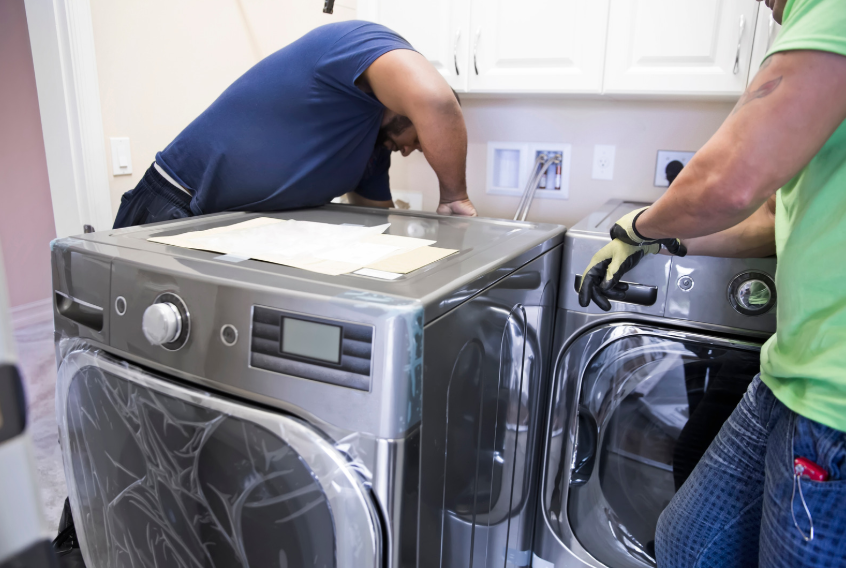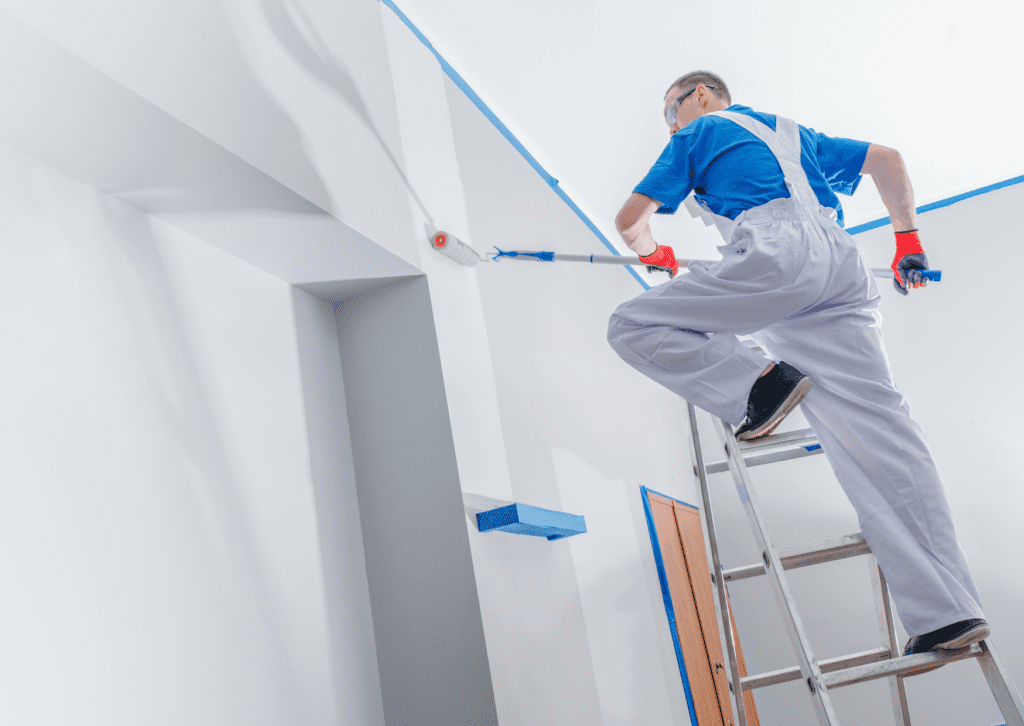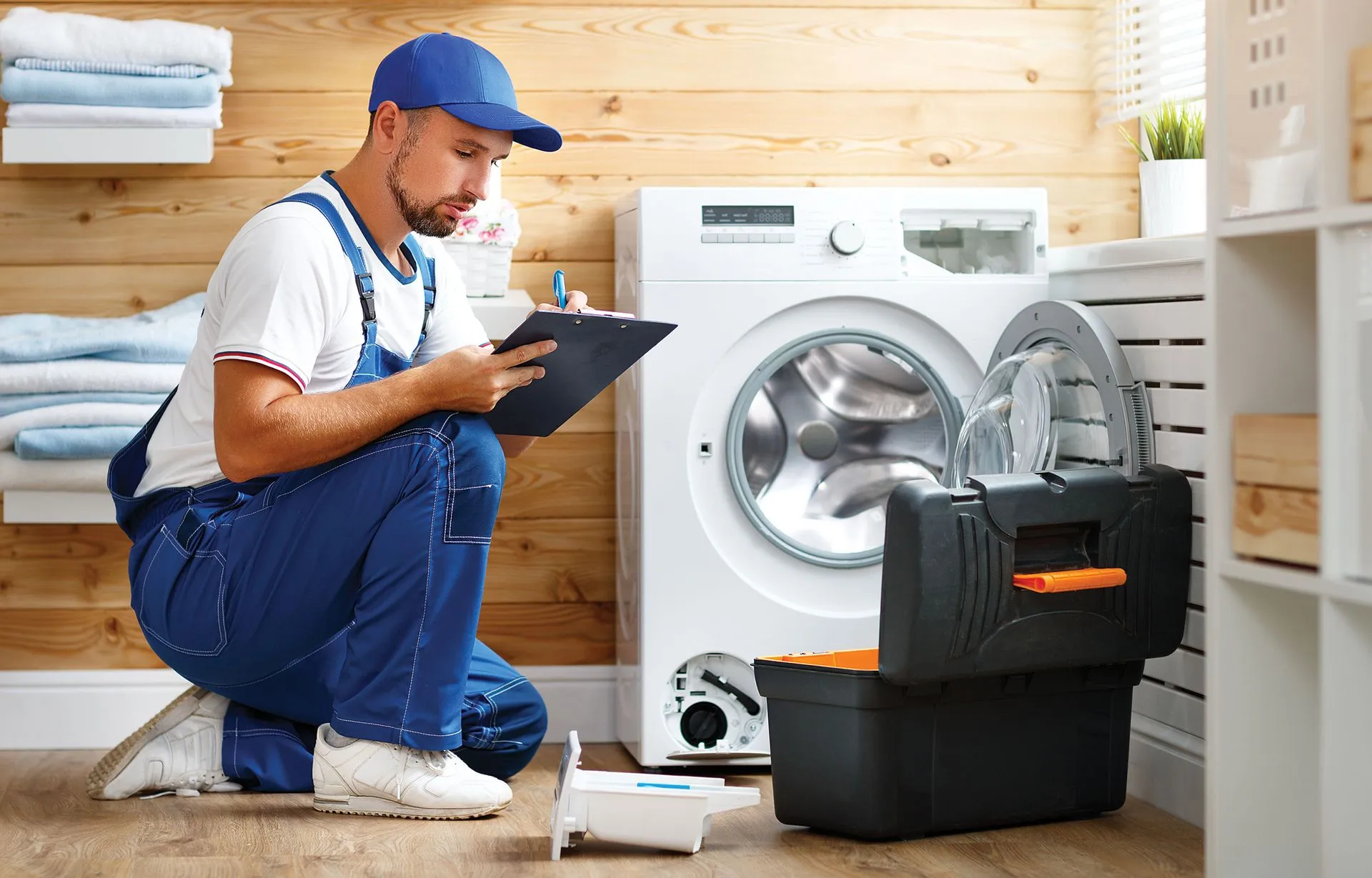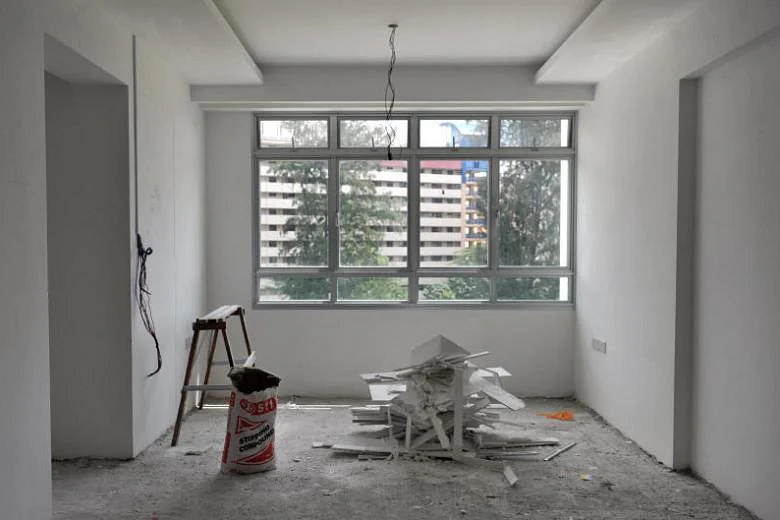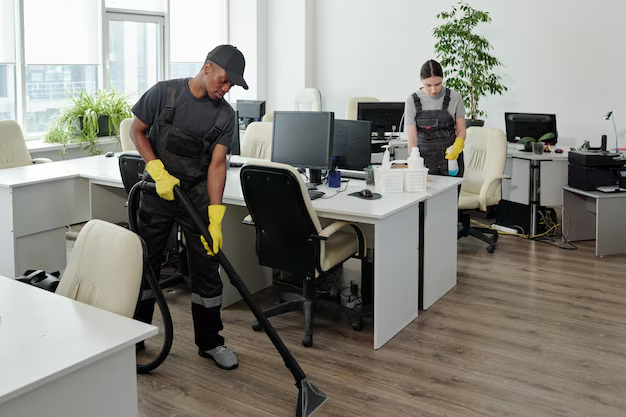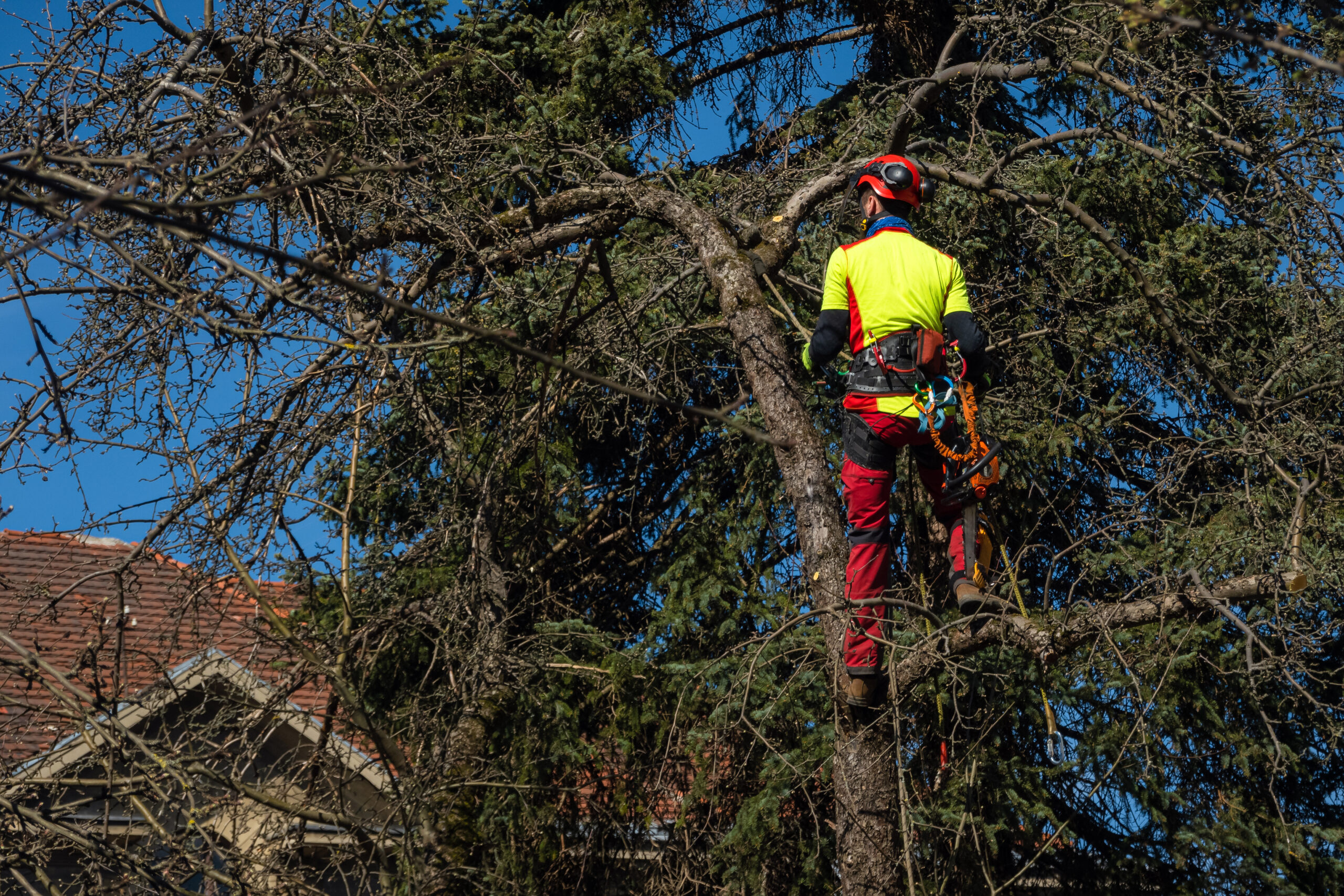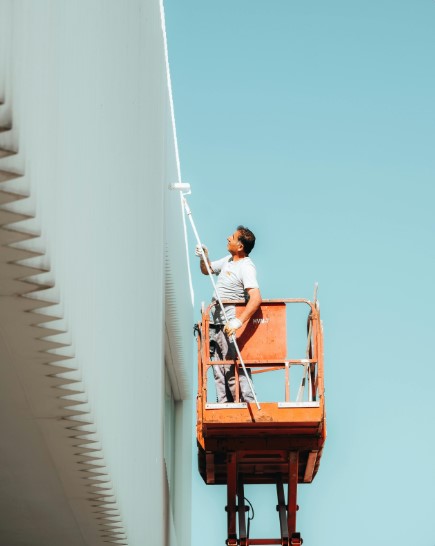A washing machine is an essential appliance in every home, saving time and effort in keeping clothes clean. However, like any other household machine, washers can develop problems over time. Understanding these issues and knowing how to address them can save you time and money. This guide will walk you through common washer problems and how to fix them, with a focus on washer repair tips to help you troubleshoot effectively.
Washer Won’t Turn On
One of the most frustrating washer problems is when it refuses to turn on. Washer repair in such cases often starts with identifying the root cause.
Possible Causes:
- Power issues such as a faulty outlet or a tripped circuit breaker.
- A malfunctioning door latch or lid switch.
- Problems with the control board.
How to Fix It:
- Check the power supply and ensure the outlet is working. Reset any tripped circuit breakers.
- Inspect the door latch or lid switch and replace it if it’s defective.
- If the control board is faulty, it’s best to consult a professional for washer repair.
Washer Fails to Drain Properly
If your washer leaves water in the drum after a cycle, it’s likely a drainage issue. Understanding washer repair for drainage problems can prevent water damage and ensure smooth operation.
Possible Causes:
- A clogged drain hose or pump filter.
- A faulty drain pump.
- Improper leveling of the washer.
How to Fix It:
- Remove and clean the drain hose and pump filter to eliminate blockages.
- Test the drain pump and replace it if necessary.
- Adjust the washer’s legs to ensure it is properly leveled.
Washer is Making Loud Noises
A noisy washer can disrupt the peace of your home. Knowing how to perform washer repair for loud noises can keep your appliance running smoothly.
Possible Causes:
- Loose drum bearings or worn-out belts.
- Foreign objects like coins stuck in the drum or pump.
- An unbalanced load during the spin cycle.
How to Fix It:
- Tighten loose drum bearings or replace worn-out belts.
- Check the drum and pump for any foreign objects and remove them.
- Distribute laundry evenly in the drum to prevent imbalance.
Washer Leaks Water
Water leakage is a common issue that can damage floors and nearby furniture. Proper washer repair for leaks involves addressing the root cause promptly.
Possible Causes:
- A damaged door seal or gasket.
- Loose water inlet hoses.
- A faulty drain pump.
How to Fix It:
- Inspect the door seal or gasket for damage and replace it if necessary.
- Tighten or replace loose water inlet hoses.
- Examine the drain pump for defects and replace it if needed.
Washer Won’t Spin or Agitate
When your washer fails to spin or agitate, your clothes may come out soaking wet. Performing washer repair for this issue can restore its functionality.
Possible Causes:
- A broken drive belt or worn-out motor coupling.
- A faulty lid switch or door lock.
- Malfunctioning control board.
How to Fix It:
- Replace the drive belt or motor coupling if they’re broken.
- Test and repair the lid switch or door lock.
- For a malfunctioning control board, professional washer repair may be required.
Washer Smells Bad
Bad odours from your washer can make your laundry smell unpleasant. Regular washer repair and maintenance can prevent these smells.
Possible Causes:
- Build-up of mould, mildew, or detergent residue.
- Poor ventilation between uses.
How to Fix It:
- Clean the washer drum with a mixture of vinegar and baking soda.
- Run a hot water cycle with a washer cleaner.
- Leave the washer door open after use to allow for proper ventilation.
Washer Displays Error Codes
Error codes can be confusing, but they’re often key to diagnosing washer issues. Proper washer repair involves understanding these codes.
Possible Causes:
- Error codes typically indicate specific problems like drainage issues or sensor failures.
How to Fix It:
- Refer to the washer’s user manual to understand what the error codes mean.
- Reset the washer and address the issue based on the code.
- If the problem persists, consider professional washer repair.
When to Call a Professional
While many washer problems can be fixed with DIY efforts, some issues require expert intervention. For example, control board malfunctions or severe motor damage are best left to professionals. Compare the cost of washer repair to the cost of replacing your washer to make an informed decision.
Takeaway
Understanding common washer problems and knowing how to fix them can save you time and money. Regular maintenance and timely washer repair can extend the lifespan of your appliance and ensure its efficiency. Whether it’s a drainage issue, a noisy spin cycle, or bad odours, addressing these problems early can prevent costly repairs. Share your experiences or questions about washer repair in the comments below, and let’s keep our washers running smoothly!

